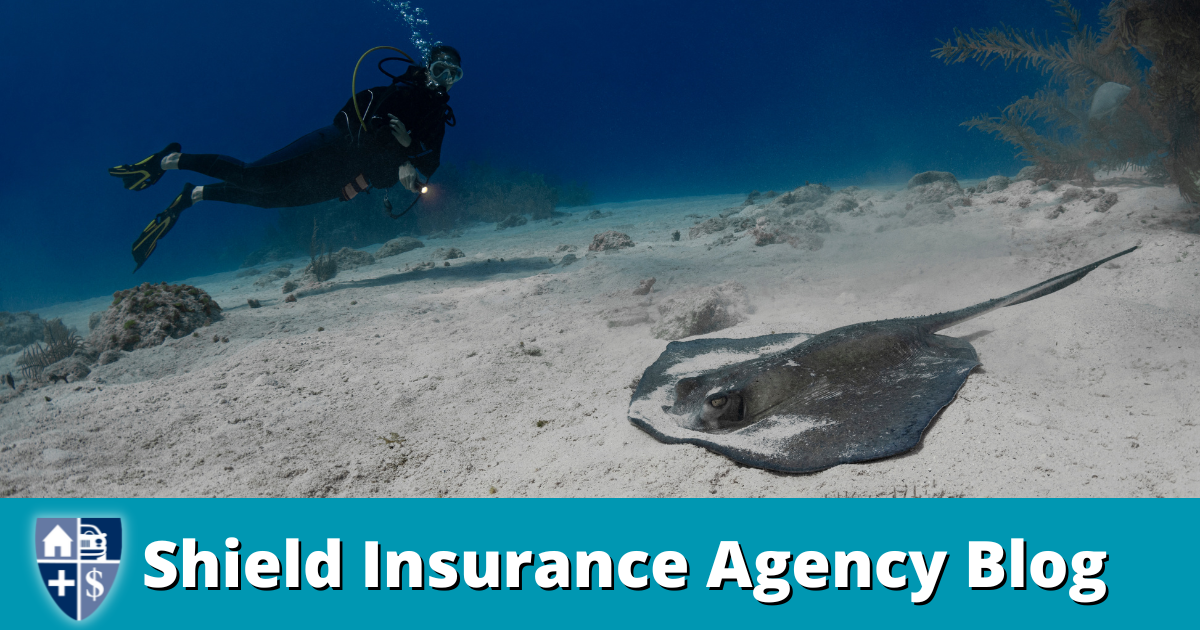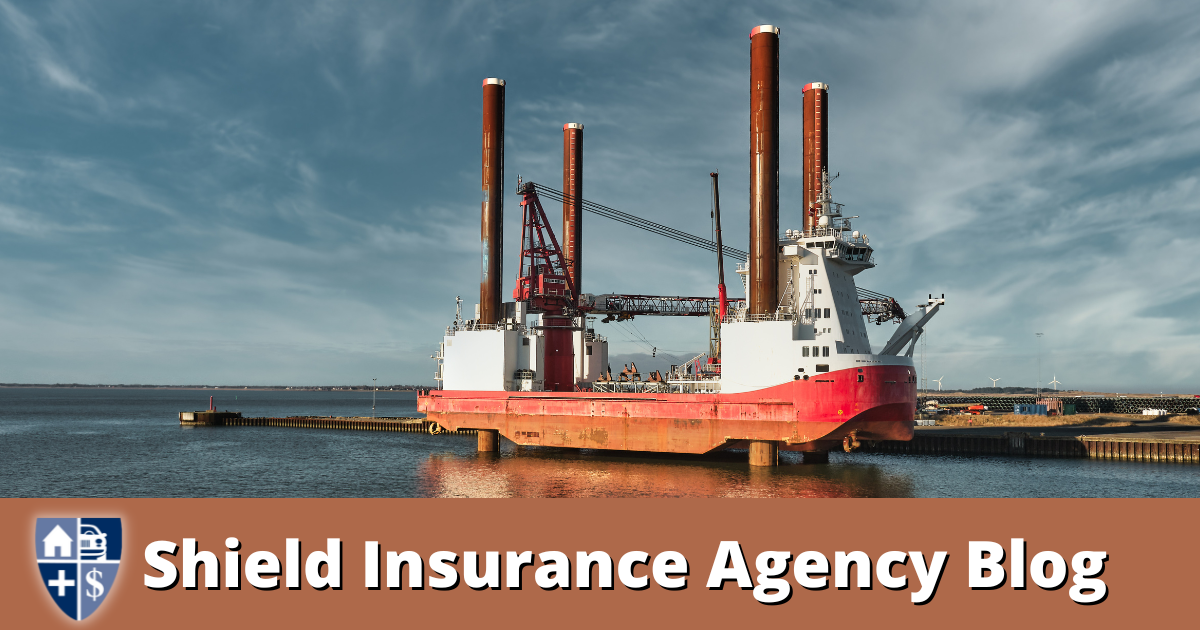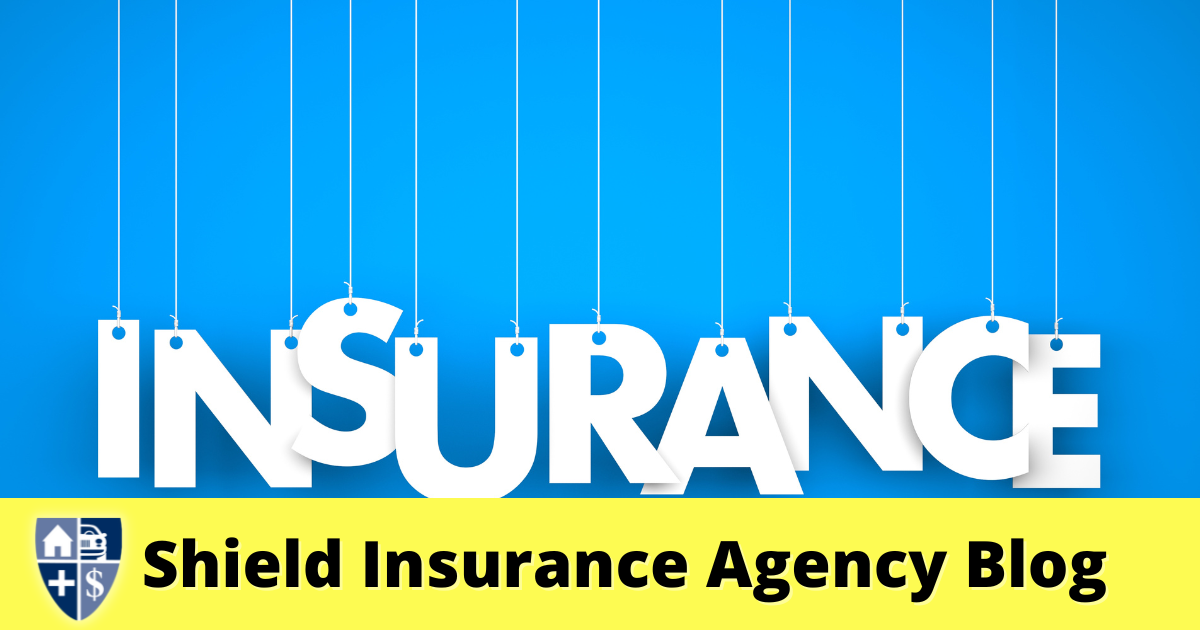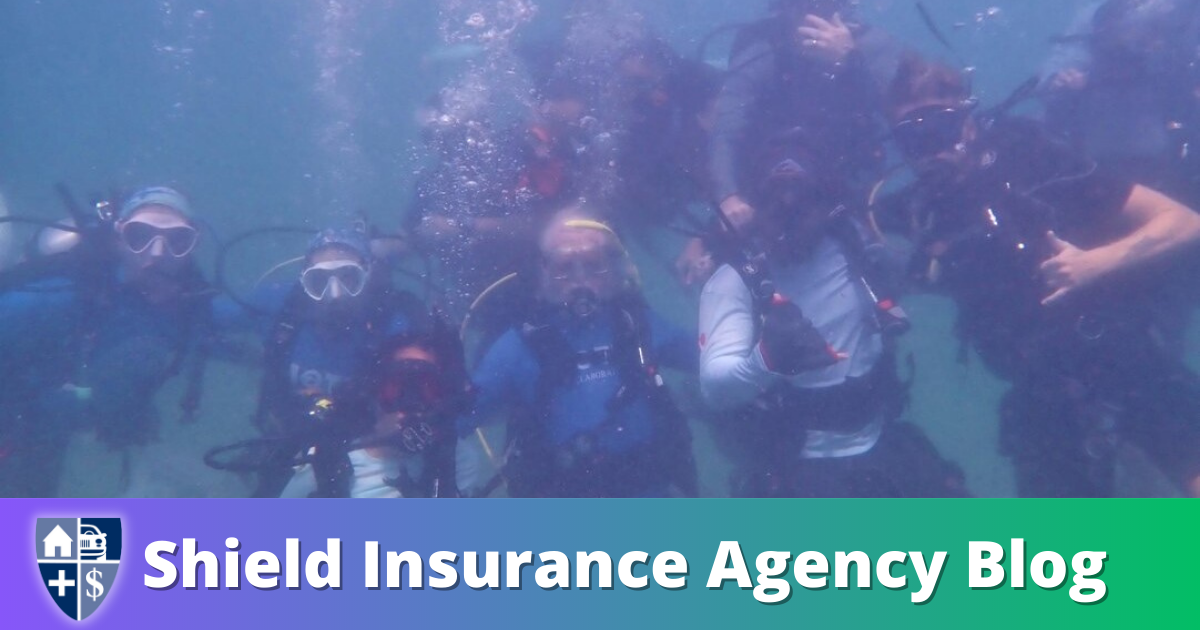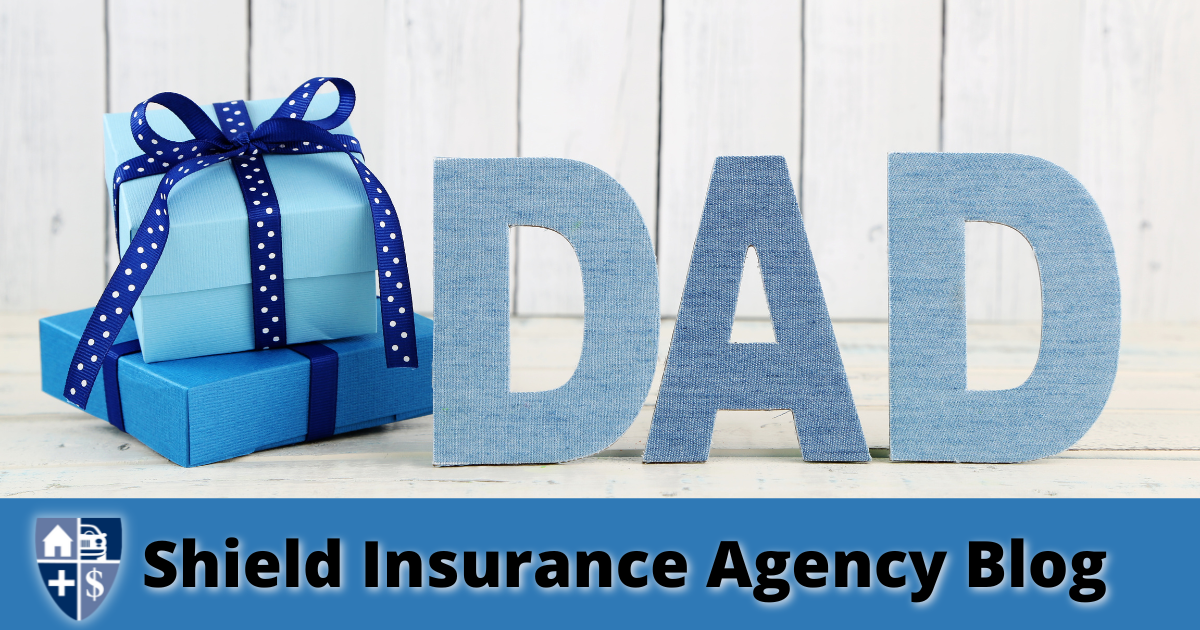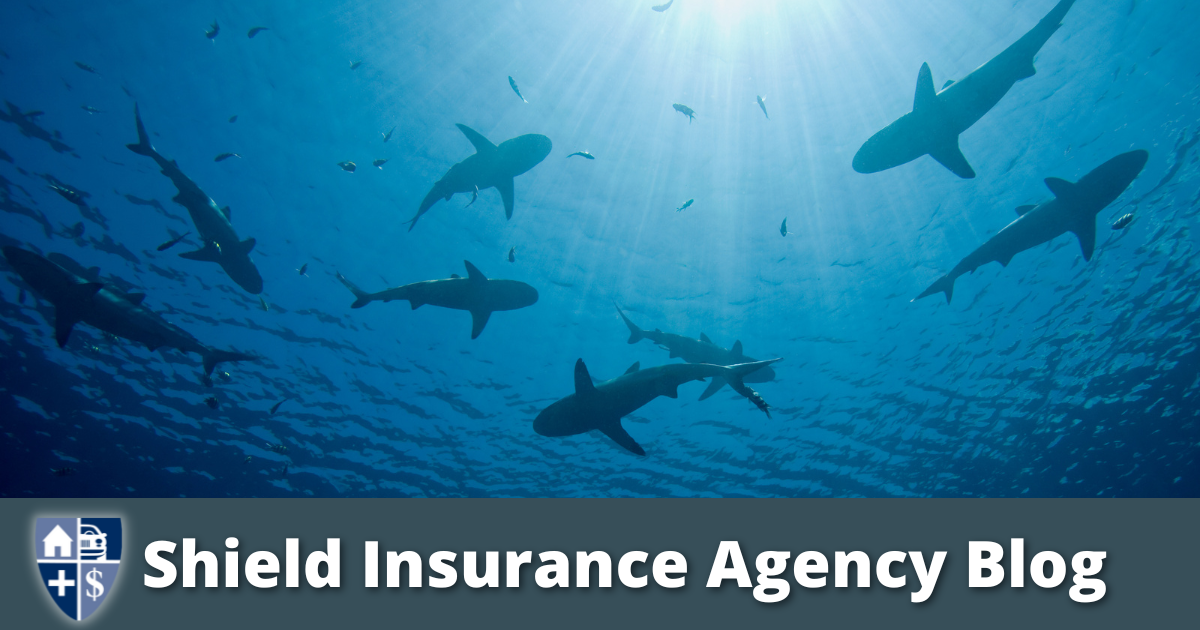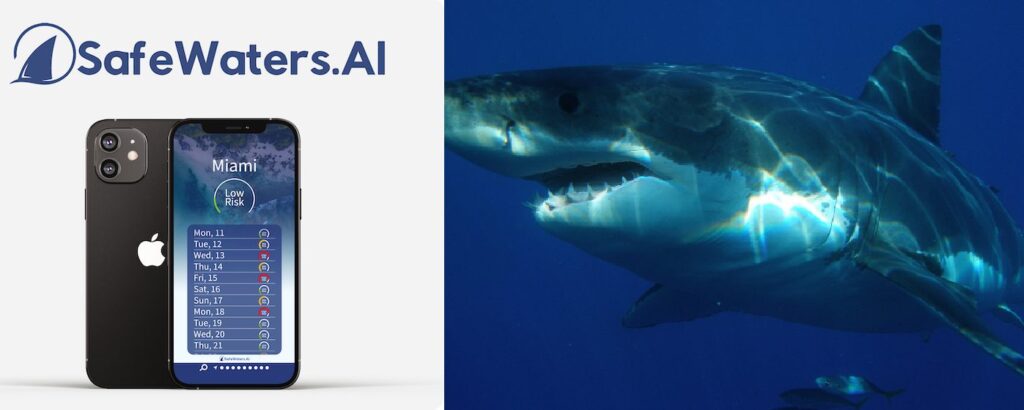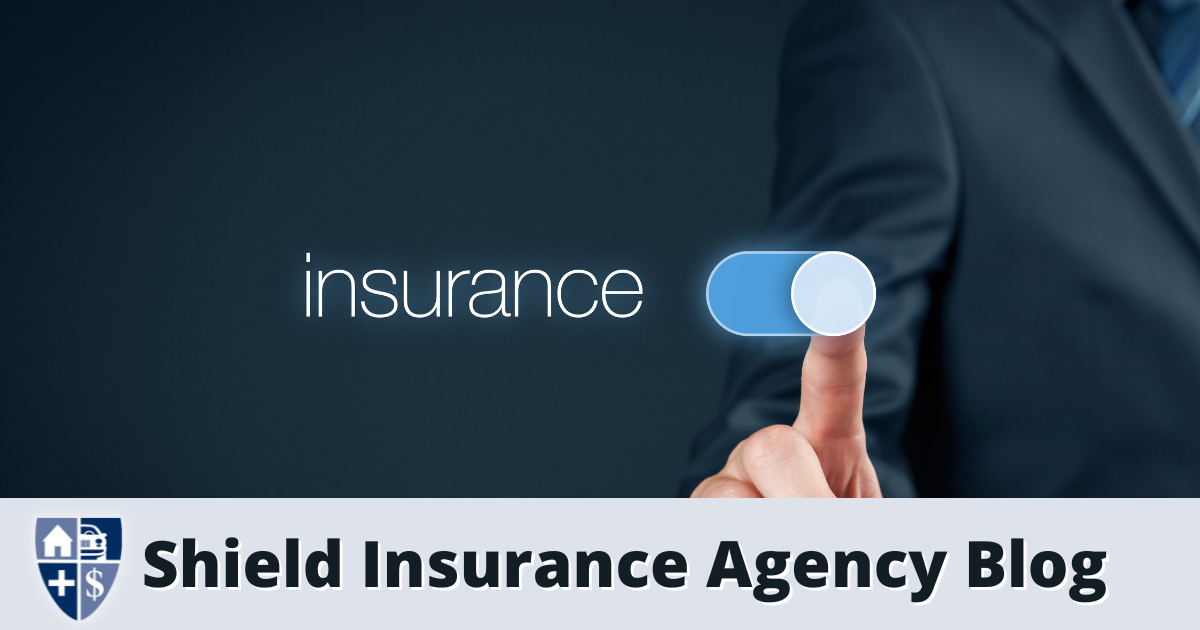Shield Insurance Agency Blog | Insurance Terms | Start a Quote Today!
Insurance is an essential aspect of our lives, providing us with the necessary protection and peace of mind. However, navigating the world of insurance can be overwhelming, especially with the numerous terms and jargon often used. To help you better understand this complex industry, we have compiled a comprehensive list of insurance terms that you should be familiar with. Whether you are a seasoned policyholder or a newcomer to the world of insurance, this list will serve as a valuable resource.
Insurance Terms
1. Premium: The amount of money you pay to the insurance company in exchange for coverage. Premiums can be paid monthly, quarterly, or annually, depending on the policy.
2. Deductible: The amount of money you must pay out of pocket before your insurance coverage kicks in. For example, if you have a $500 deductible and file a claim for $1,000, you will pay the first $500, and the insurance company will cover the remaining $500.
3. Policy: A contract between you and the insurance company that outlines the terms and conditions of your coverage. It specifies what is covered, the limits of coverage, and any exclusions or conditions.
4. Coverage: The protection provided by an insurance policy. It can include various types, such as auto, home, health, life, and more.
5. Liability: The legal responsibility for any damages or injuries caused to others. Liability coverage is designed to protect you in case you are held responsible for an accident or injury.
6. Claim: A formal request made by the policyholder to the insurance company for compensation or reimbursement for a covered loss or damage.
7. Underwriting: The process of evaluating an applicant’s risk and determining the terms and conditions of their insurance policy. It involves assessing factors such as age, health, driving record, and more.
8. Exclusion: Specific situations or conditions that are not covered by an insurance policy. It is important to review your policy carefully to understand what is excluded from coverage.
9. Rider: An additional provision or amendment to an insurance policy that modifies or expands the coverage. Riders are often used to add specific coverage options or increase policy limits.
10. Agent: A licensed professional who represents an insurance company and helps individuals or businesses find the right insurance coverage. They can provide guidance, answer questions, and assist with the claims process.
11. Insured: The person or entity covered by an insurance policy. This can be an individual, a family, or a business.
12. Loss: The reduction in value or damage to property or assets covered by an insurance policy. It can be due to theft, accident, natural disaster, or other covered events.
13. No-claims bonus: A discount or reward given by insurance companies to policyholders who do not file any claims during a specific period. It encourages safe driving and responsible behavior.
14. Comprehensive coverage: An insurance policy that provides protection against a wide range of risks and perils, including theft, vandalism, fire, and natural disasters.
15. Grace period: The additional time given to policyholders to pay their premium after the due date without incurring a penalty or losing coverage.
16. Subrogation: The process by which an insurance company seeks reimbursement from a third party who is responsible for the loss or damage covered by the policy. It allows the insurance company to recover the amount paid to the policyholder.
17. Actuary: A professional who uses statistical data and mathematical models to assess risk and determine insurance premiums. They play a crucial role in pricing policies and ensuring the financial stability of insurance companies.
18. Umbrella policy: An additional liability insurance policy that provides coverage beyond the limits of your primary policies. It offers an extra layer of protection against high-cost claims or lawsuits.
19. Depreciation: The decrease in the value of an asset over time due to wear and tear or obsolescence. Insurance policies often take depreciation into account when determining the amount of compensation for a covered loss.
20. Endorsement: A written amendment or addition to an insurance policy that changes the terms or coverage. It can be used to add or remove coverage options, increase or decrease policy limits, or modify other policy provisions.
Understanding these insurance terms will empower you to make informed decisions when it comes to protecting yourself, your family, and your assets. Remember, insurance is not just a financial product; it is a shield that safeguards your future. If you have any questions or need assistance in finding the right insurance coverage, contact Shield Insurance Agency at (616) 896-4600 for a free quote today. You can also start the quoting process by visiting this LINK, and an agent will be in touch soon. Stay protected and enjoy peace of mind with comprehensive insurance coverage.
More Blogs by Shield Insurance Agency
